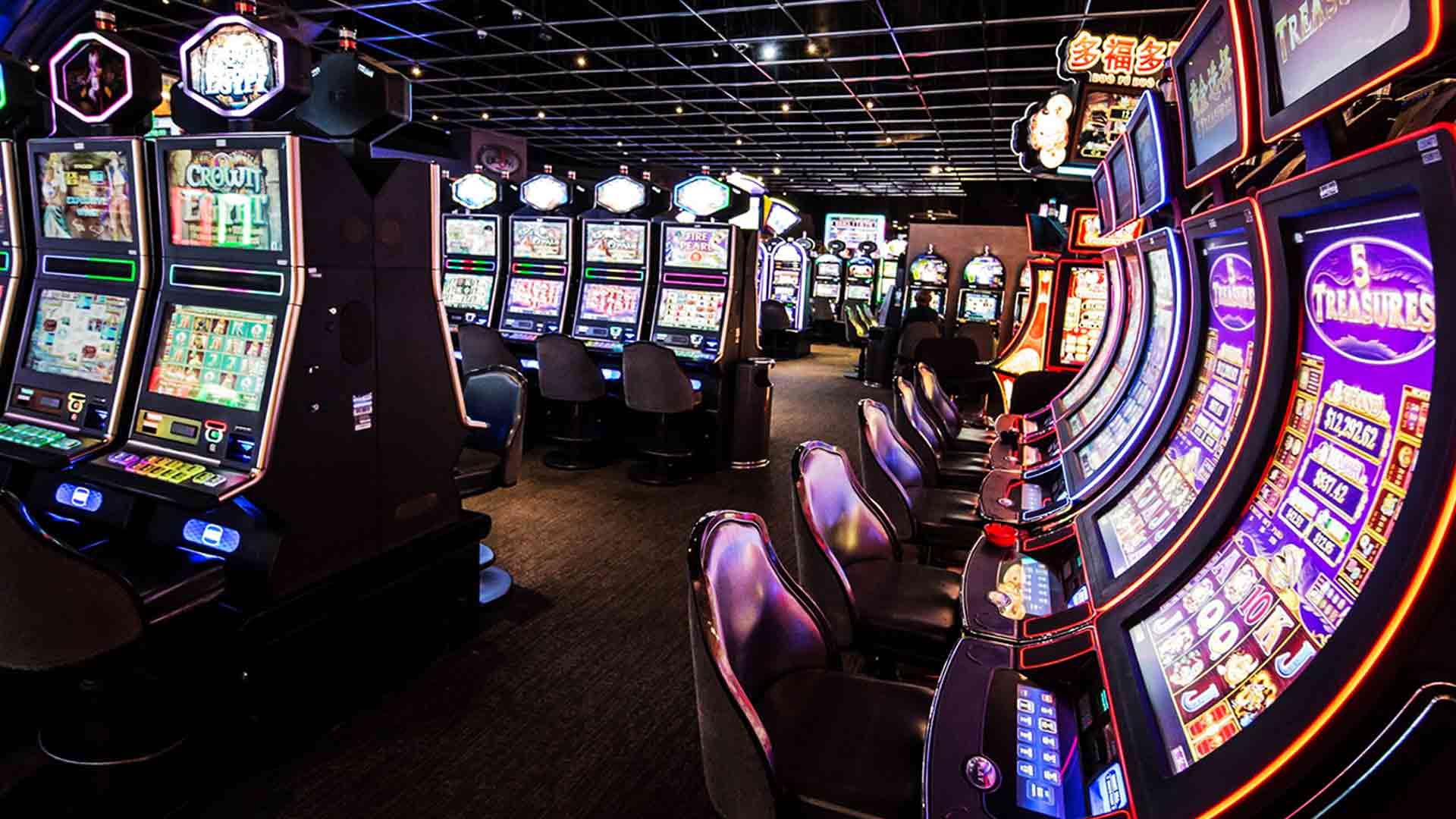The Evolution of Casino Game Technology

The Evolution of Casino Game Technology
From simple mechanical contraptions to sophisticated virtual realities, the landscape of casino gaming has undergone a breathtaking transformation, driven relentlessly by technological innovation. What began as rudimentary devices designed for entertainment and chance has blossomed into a multi-billion dollar industry powered by cutting-edge software, high-speed internet, and immersive digital experiences. Understanding this evolution not only reveals the ingenuity of game developers but also highlights the continuous quest for more engaging, secure, and accessible forms of gambling.
The earliest forms of casino games were largely mechanical. Take, for instance, Charles Fey's "Liberty Bell" slot machine, invented in the late 19th century. This iconic device, with its three spinning reels and coin payouts, relied entirely on gears, levers, and springs. Similarly, roulette wheels, card shuffling, and dice rolls were all physical processes, their outcomes determined by the laws of physics and pure chance. While these foundational games were simple, they established the core mechanics that would endure for over a century: anticipation, risk, and the thrill of a potential win. Technology in this era was about precision engineering – ensuring the randomness and reliability of mechanical parts.
The true digital revolution for casino games began in the 1970s with the advent of microprocessors and Random Number Generators (RNGs). This pivotal shift allowed games to move beyond purely mechanical functions. Video poker, introduced in the mid-1970s, was one of the first major successes, offering a digital version of a classic card game. Soon after, digital slot machines emerged, replacing physical reels with video screens and complex algorithms to determine outcomes. RNGs became the heart of these new machines, ensuring fairness and unpredictability, a vast improvement over the limited combinations of mechanical slots. This era saw an explosion in game variety, better graphics, and enhanced sound, making the casino floor a more vibrant and captivating environment.
The late 1990s ushered in the most disruptive force yet: the internet. The birth of online casinos fundamentally changed how people interacted with gambling. Suddenly, access to a vast array of casino games was no longer limited by geographical location or operating hours. Players could enjoy blackjack, roulette, poker, and thousands of slot games from the comfort of their homes. Companies like Microgaming, Playtech, and NetEnt became pioneers, developing robust software platforms that powered these virtual casinos. This period was characterized by rapid expansion, the development of secure payment gateways, and the continuous improvement of game graphics and user interfaces to replicate the land-based casino experience online.
The 2010s saw two significant advancements: the rise of mobile gaming and the popularization of live dealer games. With the proliferation of smartphones and tablets, casino games became truly portable. Developers optimized their games for smaller screens and touch interfaces, leading to a boom in mobile casino apps and responsive websites. Players could now gamble on the go, anytime, anywhere. Simultaneously, live dealer games emerged as a bridge between the online and physical casino worlds. Utilizing high-definition streaming technology, players could interact with real human dealers and physical casino equipment (like roulette wheels or card decks) in real-time, all from their digital devices. This innovation addressed the desire for human interaction and the perceived lack of transparency in purely software-driven games, significantly enhancing trust and immersion for online players.
Looking towards the present and future, casino game technology continues its relentless march forward. Virtual Reality (VR) and Augmented Reality (AR) are poised to revolutionize the immersive experience, offering players the chance to step into a fully realized virtual casino environment, interact with other players, and manipulate game elements as if they were physically present. Blockchain technology and cryptocurrencies are also gaining traction, promising unprecedented levels of transparency, provable fairness, and secure transactions, potentially reshaping trust paradigms in the industry. Gamification elements, skill-based games, and artificial intelligence for personalized recommendations and responsible gaming features are also becoming more prevalent.
The future of casino gaming promises even deeper integration of technology, creating experiences that are more personalized, immersive, and accessible than ever before. From the mechanical whirl of the Liberty Bell to the complex algorithms driving virtual reality casinos, the journey has been extraordinary. As technology continues to evolve, so too will the ways we play and experience the thrill of the game, with platforms constantly striving to offer the best, most secure, and diverse gaming options. For those seeking reliable and dynamic online experiences, exploring options like m88 slot alternatif becomes an essential part of navigating this ever-expanding digital landscape, ensuring access to cutting-edge gaming technology and a secure playing environment.
In conclusion, the evolution of casino game technology is a testament to human ingenuity and the enduring appeal of chance and entertainment. Each technological leap has not only refined existing games but also opened doors to entirely new forms of play, making the thrill of the casino more widely available and incredibly diverse. As long as there's a desire for entertainment and a bit of risk, technology will undoubtedly continue to push the boundaries of what's possible in the world of casino gaming.